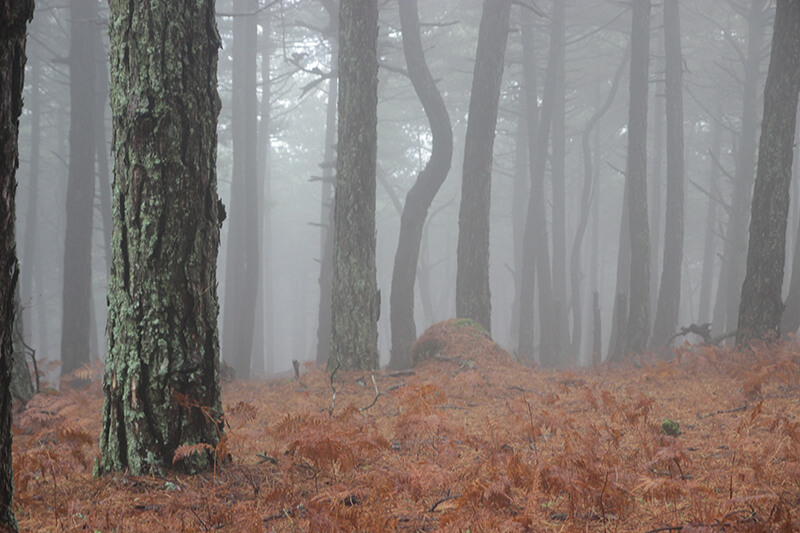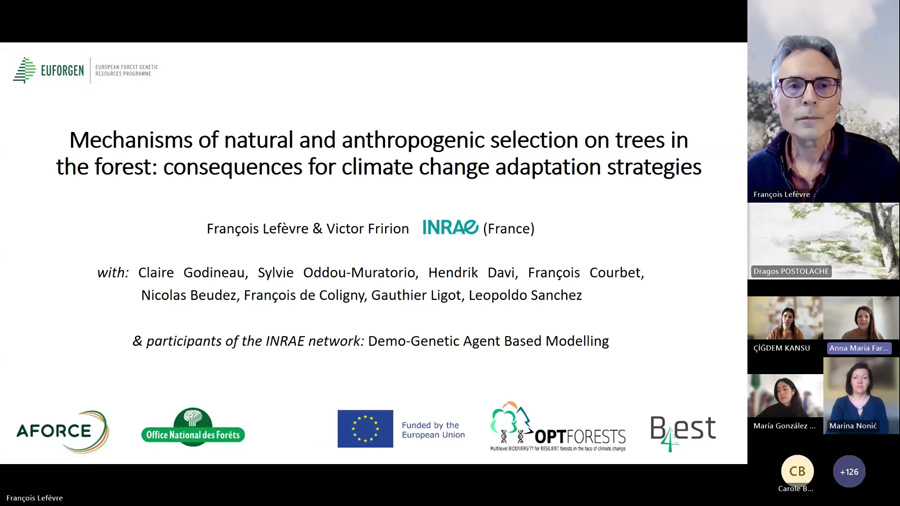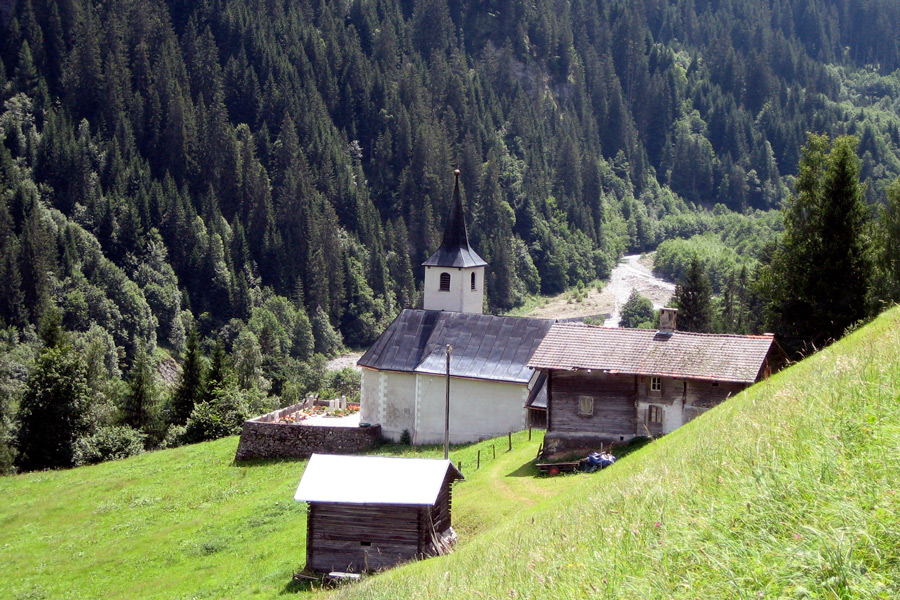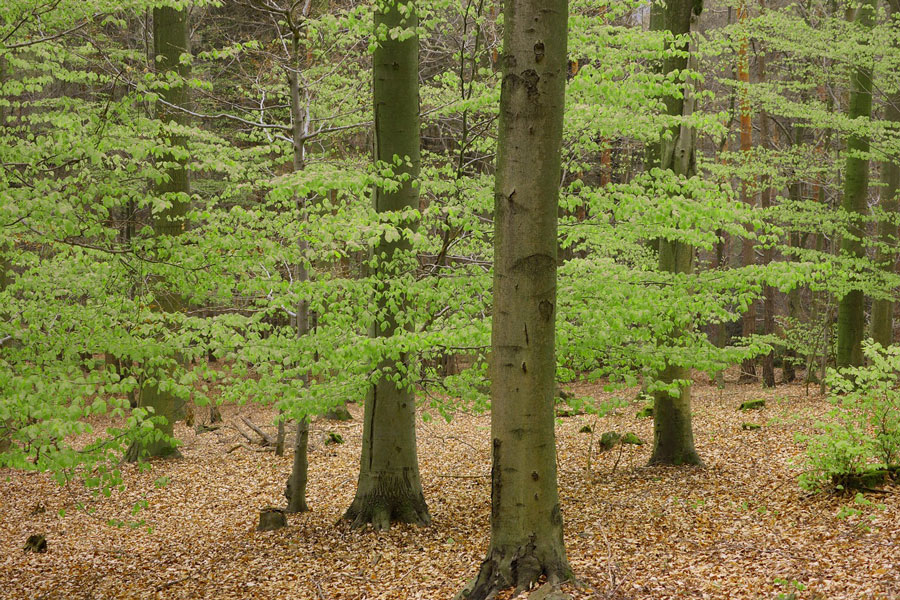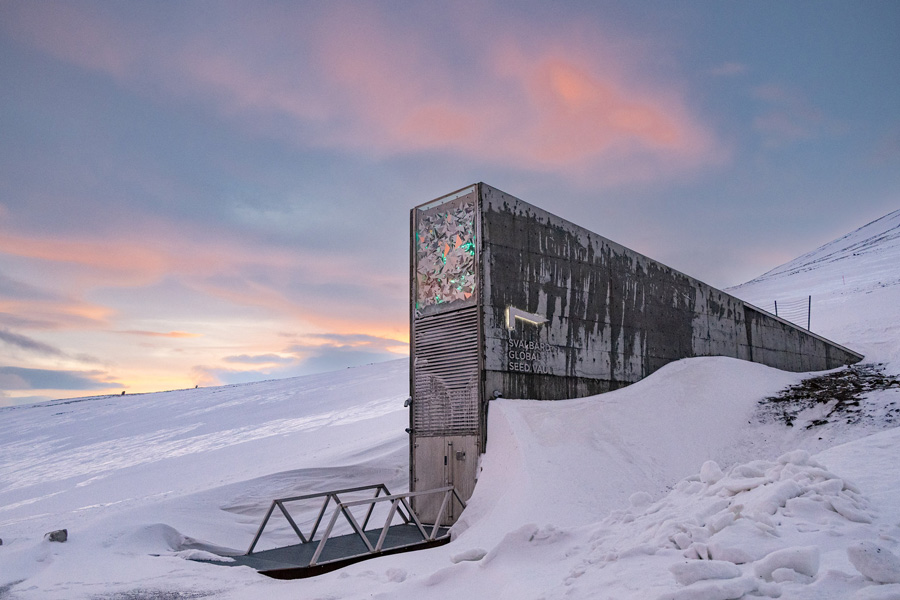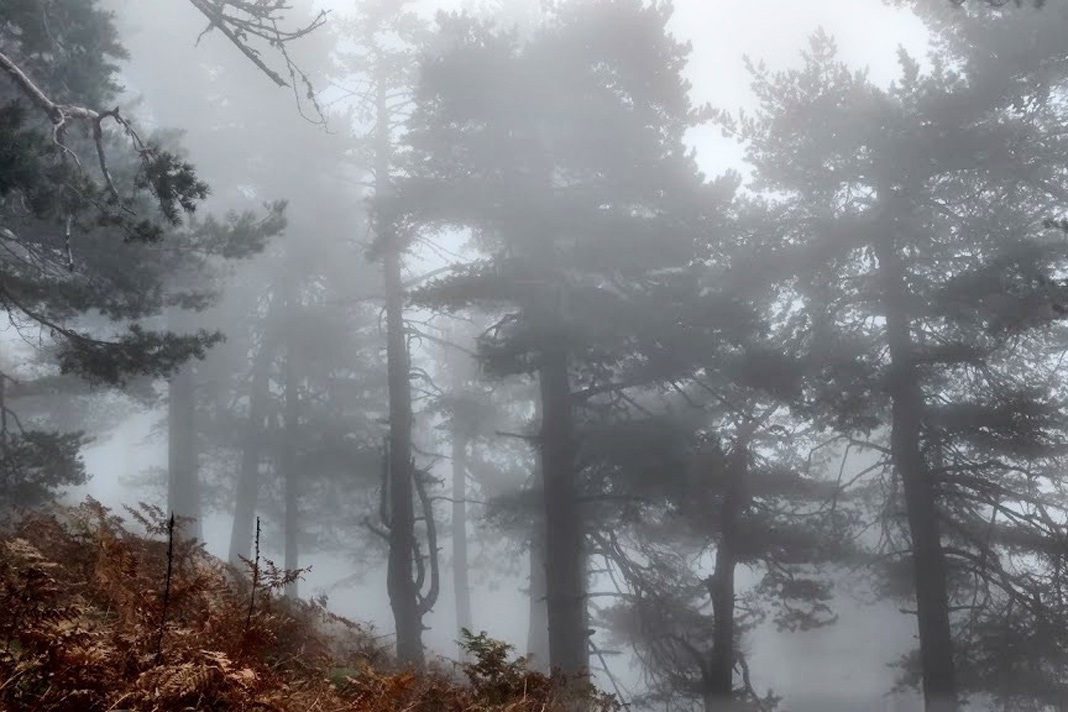Conserving the black pines of Lesvos
The Greek island of Lesvos, just off the coast of Turkey in the northeast Aegean, is home to the largest petrified forest in the world. It also harbours a population of black pine (Pinus nigra) that is highly threatened and yet might hold clues to the future of black pine across Europe. GenTree project is helping to protect the black pines on Lesvos.
The dense forests that once cloaked the western slopes of Lesvos were buried under a thick layer of ash 20 million years ago as a result of intense volcanic activity in the Aegean. Among the species in the fossil trees are many examples of two different species of Pinoxylon. Both are very clearly conifers, and there is general agreement that the genus Pinoxylon is an ancestor of today’s genus Pinus.
Black pine, a descendent of Pinoxylon, faces a very different threat to its survival today. It survives in just two very small populations on Lesvos, around the summits of Mount Olympos and Mount Ordymnos. Warming climates, however, have allowed another pine, P. brutia, to climb the slopes of Olympos, where it is outcompeting black pine. Brutia pine could be favoured in future too, because it is adapted to survive wildfires more effectively than black pine, and with warming climates have come increasingly frequent fires.
The Greek Forestry Service is not simply standing by. Workers are felling other trees and clearing undergrowth and dead wood to reduce the amount of fuel in the event of a fire. They are promoting the regeneration of black pine, by selectively cutting Brutia pine that has already arrived in the black pine forest of Mount Olympos. But they are also crucially aware that the black pine forest has shrunk considerably leaving only the Mount Ordymnos black pine forest still intact on Lesvos.
“If a fire hits, the black pine forest might not survive,” worries Professor Filippos Aravanopoulos, of the Laboratory of Forest Genetics & Tree Breeding at Aristotle University of Thessaloniki, who has been coordinating efforts to protect and monitor black pine on Lesvos.
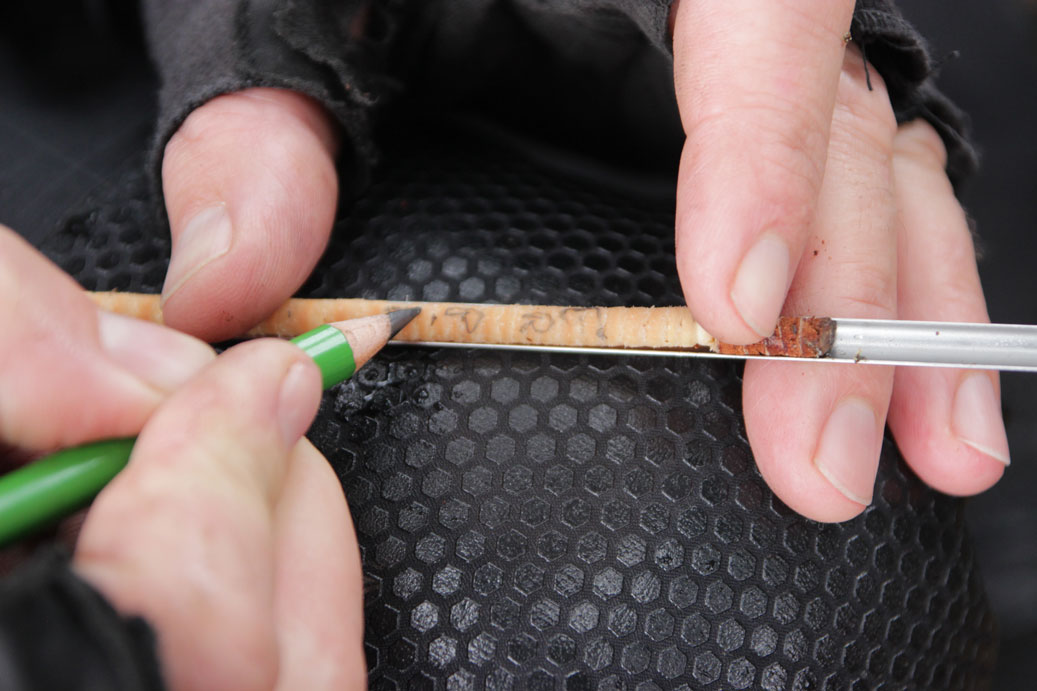
Two of the most important activities, carried out as part of the GenTree project, have been to sample needles for DNA analysis and extract wood core samples from many trees on Mount Ordymnos. The wood core samples allow researchers to see how the trees responded to environmental changes in the past, such as fires or droughts. While the core samples represent the trees’ phenotype, the DNA samples from the needles allow the GenTree scientists look at the genetic diversity of the black pines. These studies will allow them to link genotype and phenotype in an effort to understand how black pines adapt to their environment.
The genetic studies will also reveal how the population on Lesvos compares to black pines in the rest of Europe and Asia Minor, where the species is widespread. It would be very interesting to see the effects of restricted population size and relative isolation on an island with weak gene flow. The local pharmaceutical industry, which uses black pine to make cosmetics and remedies, is looking at such populations, because the response of the trees to the extra stress they have to endure compared to black pines elsewhere makes them very important in the search for active ingredients.
“A better understanding of the genetic differences and their interplay with environmental variables could help us to understand how black pine might adapt to climate change,” said Professor Aravanopoulos.
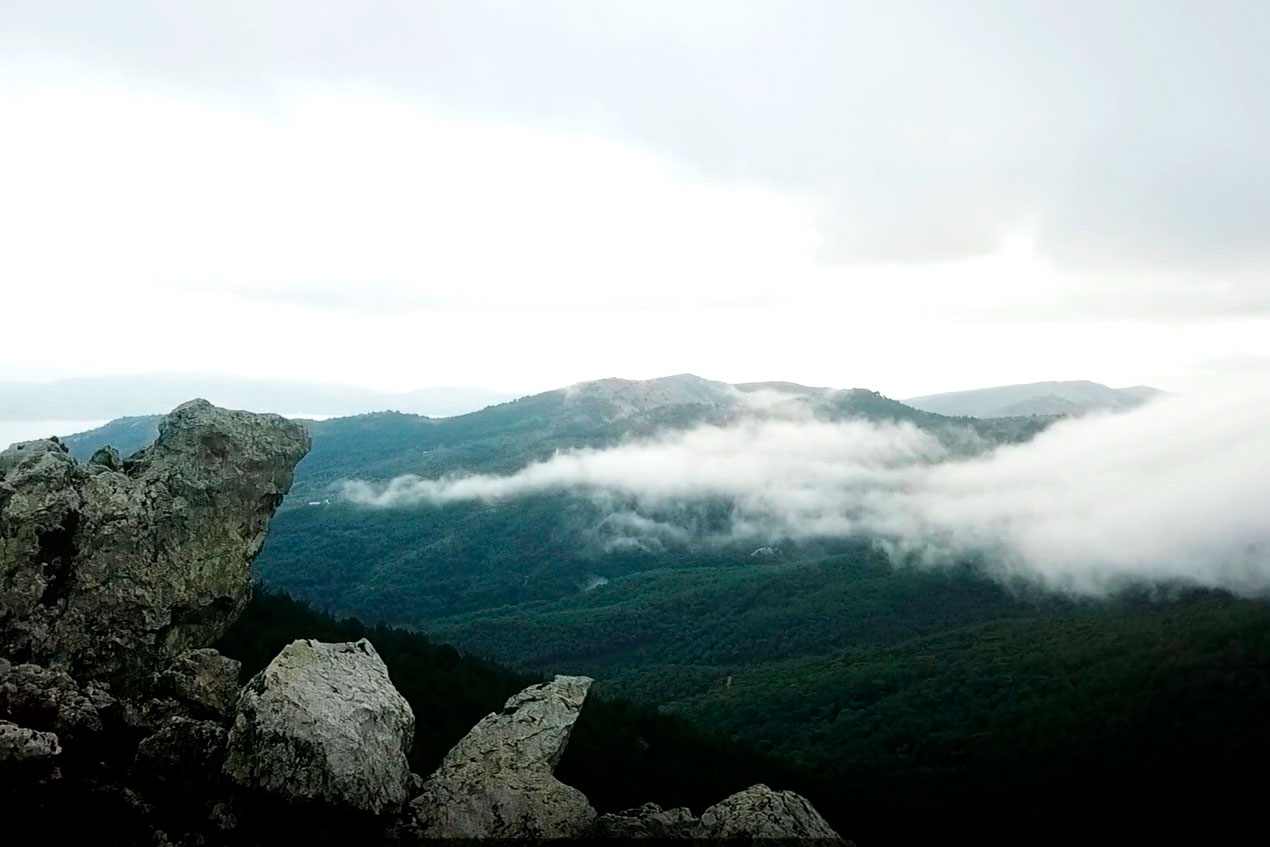
Genetic monitoring will also act as an early warning system, helping researchers to opt for conserving the Lesvos population of black pine somewhere else, if that becomes necessary. Ideally, though, this population will be designated as a Genetic Conservation Unit (GCU). Although there are many GCUs for different species across Europe, few have been studied genetically and many more studies are needed to offer researchers a complete picture of the genetic diversity of forest trees so that rational decisions can be made about their management and conservation.
Mount Ordymnos, where the black pines are clinging on free of Brutia pine, is a dormant volcano, just 17 kilometres as the crow flies from the edge of the petrified forest. If it blows, nothing will save the black pines on its slopes. Until then, however, efforts to conserve and understand this unique population, still here 20 million years after its probable ancestors were engulfed in ash, will continue.
Related News
Related Links
- Pan-European strategy for genetic conservation of forest trees and establishment of a core network of dynamic conservation units
- GenTree project
